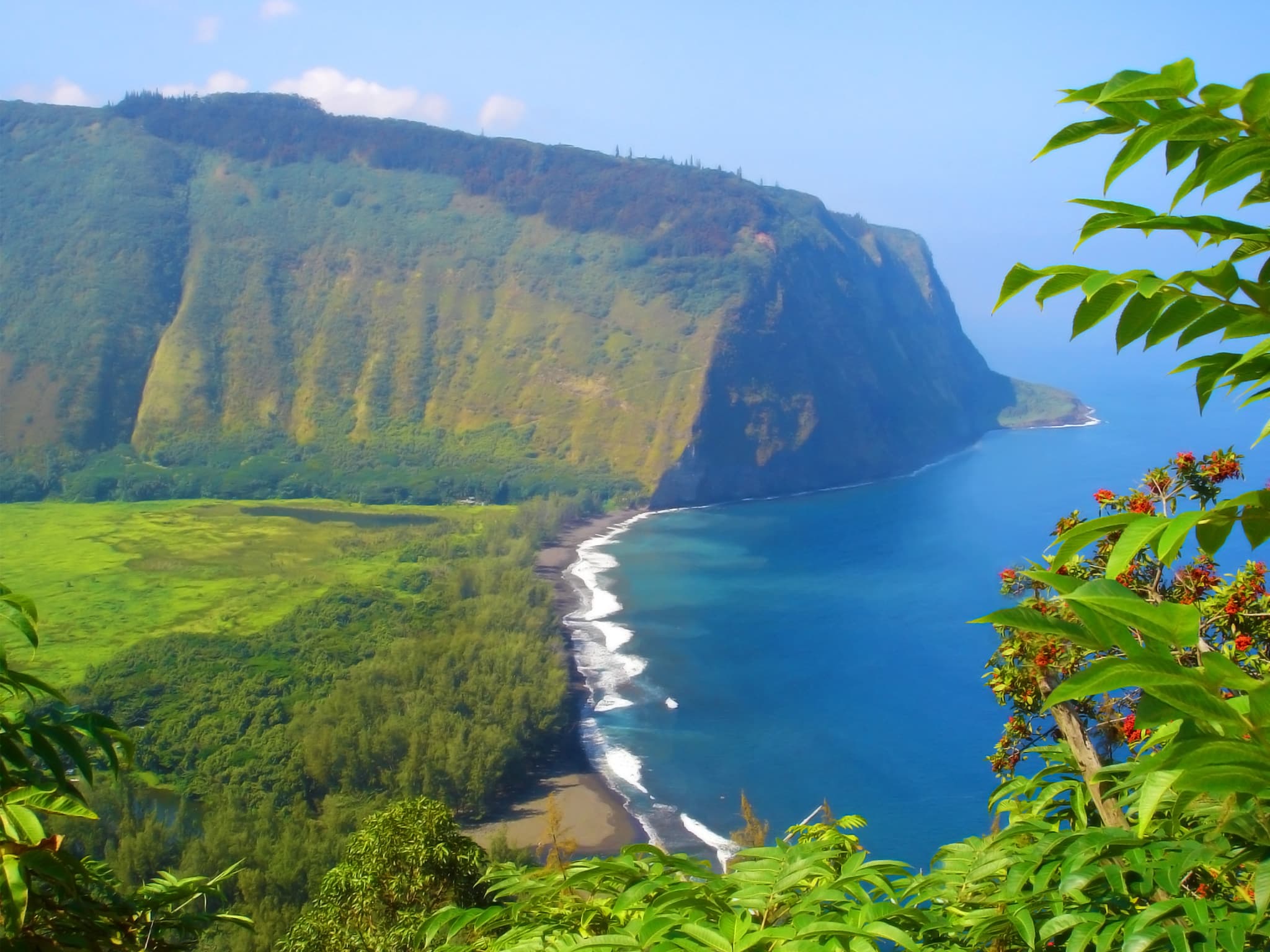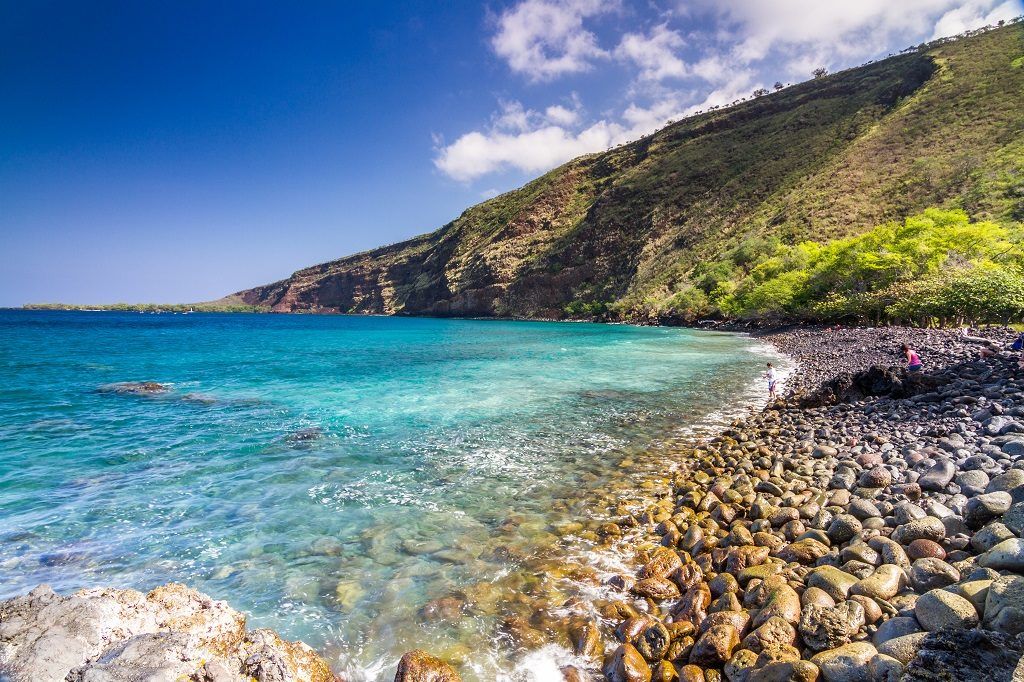Kona Coffee

Kona coffee, grown on the slopes of the Kohala and Mauna Loa volcanoes on the Big Island of Hawaii, is a globally recognized and highly prized coffee. Its unique flavor profile, rich history, and significant impact on the local economy make it a cultural icon of Hawaii.
The History of Kona Coffee
The cultivation of coffee in Kona began in the late 19th century, when coffee seeds were brought to Hawaii from Brazil. The volcanic soil and unique microclimate of the Kona region proved to be ideal for growing coffee, and the industry quickly flourished. Kona coffee gained international recognition for its quality and distinctive flavor, becoming a staple export for the islands.
The Characteristics of Kona Coffee
Kona coffee beans are known for their unique flavor profile, characterized by a bright acidity, smooth body, and complex aromas. These characteristics are attributed to several factors, including:
- The volcanic soil, which is rich in nutrients and minerals.
- The high altitude, which provides cool temperatures and abundant rainfall.
- The unique microclimate of the Kona region, which is characterized by consistent sunshine, sea breezes, and volcanic fog.
- The meticulous hand-picking and processing methods used by Kona coffee farmers.
The Impact of Kona Coffee on the Local Economy and Community
Kona coffee is a significant economic driver for the Big Island of Hawaii. The industry provides employment for thousands of people, from farmers to roasters to retailers. The high value of Kona coffee also contributes to the local economy, generating revenue for businesses and supporting the overall community.
Comparison of Kona Coffee to Other Coffee Varieties
Kona coffee is often compared to other popular coffee varieties, such as Colombian, Ethiopian, and Sumatran coffees. The following table highlights some of the key differences between Kona coffee and these other varieties:
| Characteristic | Kona Coffee | Colombian Coffee | Ethiopian Coffee | Sumatran Coffee |
|---|---|---|---|---|
| Flavor Profile | Bright acidity, smooth body, complex aromas | Balanced acidity, full body, chocolatey notes | Fruity acidity, floral aromas, light body | Earthy flavors, low acidity, full body |
| Growing Region | Kona Coast, Big Island of Hawaii | Colombia | Ethiopia | Sumatra, Indonesia |
| Processing Method | Wet-hulled | Wet-hulled | Dry-processed | Dry-processed |
| Price | Highest | Moderate | Moderate | Low |
The Kona Coffee Growing Process
Kona coffee farmers use meticulous techniques and adapt to the unique environmental factors of the region to cultivate high-quality coffee beans. The growing process involves several key steps:
- Planting: Kona coffee plants are typically planted in rows, spaced approximately 6 feet apart. The plants are pruned regularly to promote growth and yield.
- Fertilization: Kona coffee farmers use organic fertilizers to nourish the plants and enhance their growth. These fertilizers are often made from composted coffee grounds and other natural materials.
- Harvest: Kona coffee beans are harvested by hand, which ensures that only ripe cherries are picked. This meticulous process is crucial for maintaining the quality of the beans.
- Processing: Kona coffee beans are typically wet-hulled, a process that involves removing the outer layer of the cherry and then soaking the beans in water for several days. This process helps to ferment the beans and develop their unique flavor profile.
- Drying: After processing, Kona coffee beans are dried in the sun or in mechanical dryers. The drying process is crucial for developing the bean’s flavor and aroma.
- Roasting: Kona coffee beans are roasted to a medium-dark roast, which brings out their complex flavor profile. The roasting process is carefully controlled to ensure that the beans are roasted evenly and do not become burnt.
Exploring the Kona Coast: Kona Hawaii

The Kona Coast of Hawaii Island offers a captivating blend of natural beauty and cultural richness, making it a must-visit destination for travelers seeking adventure, relaxation, and a taste of authentic Hawaiian life. From pristine beaches to volcanic landscapes, lush forests, and historical sites, Kona boasts a diverse array of attractions that cater to every interest.
Diverse Landscapes of the Kona Coast
The Kona Coast is a testament to the dynamic forces of nature, showcasing a stunning array of landscapes. The coastline is characterized by black sand beaches, formed from volcanic rock, and white sand beaches, created by the erosion of coral reefs. The volcanic origins of the island are evident in the dramatic lava flows, volcanic craters, and rugged cliffs that punctuate the landscape. In contrast, the lush forests that blanket the slopes of Mauna Loa and Hualalai volcanoes provide a vibrant green backdrop, offering a respite from the sun and a glimpse into the island’s rich biodiversity.
Popular Attractions and Activities
The Kona Coast offers a plethora of activities for visitors to enjoy.
- Snorkeling and diving are popular ways to explore the vibrant coral reefs and abundant marine life that inhabit the waters off the Kona Coast. The clear, warm waters provide excellent visibility, allowing visitors to witness a kaleidoscope of colors and marine creatures.
- Hiking trails wind through the diverse landscapes of the Kona Coast, offering breathtaking views and opportunities to immerse oneself in nature. From the challenging slopes of Mauna Loa to the scenic coastal paths, there’s a trail for every level of hiker.
- The Kona Coast is home to several historical sites that offer a glimpse into the island’s rich past. The Pu’uhonua o Honaunau National Historical Park, a place of refuge for those who broke the kapu (ancient Hawaiian laws), provides insights into the ancient Hawaiian culture and traditions.
Cultural Heritage and Traditions, Kona hawaii
The Kona Coast is steeped in Hawaiian culture and traditions.
- The Kona region is renowned for its coffee, which is grown on the slopes of Mauna Loa. Coffee plantations offer tours and tastings, allowing visitors to learn about the history and process of Kona coffee production.
- The Hawaiian language and traditions are still very much alive in Kona. Visitors can learn about the history and significance of hula, the traditional Hawaiian dance, and experience the beauty of the language through cultural performances.
- The Kona Coast is home to numerous festivals and events that celebrate Hawaiian culture, including the annual Merrie Monarch Festival, which features hula competitions, traditional music, and crafts.
A 3-Day Itinerary for Kona
Here’s a possible itinerary for a 3-day trip to Kona:
- Day 1: Arrive in Kona and check into your accommodation. Spend the afternoon exploring the historic Kailua-Kona town, visiting the Kona Coffee Belt, and enjoying a sunset dinner at a beachfront restaurant.
- Day 2: Embark on a snorkeling or diving excursion to explore the vibrant coral reefs and marine life off the Kona Coast. In the afternoon, hike to the summit of Kealakekua Bay, where Captain Cook first landed in Hawaii, and enjoy panoramic views of the coastline.
- Day 3: Visit the Pu’uhonua o Honaunau National Historical Park, a place of refuge for those who broke the kapu (ancient Hawaiian laws). In the afternoon, enjoy a luau, featuring traditional Hawaiian food, music, and dance.
Best Time to Visit Kona
The best time to visit Kona depends on your preferences for weather, events, and crowds.
| Season | Weather | Events | Crowds |
|---|---|---|---|
| Spring (March-May) | Warm and sunny, with occasional showers | Merrie Monarch Festival (April) | Moderate |
| Summer (June-August) | Hot and humid, with occasional thunderstorms | Keauhou Shopping Center’s Summer Concert Series | High |
| Fall (September-November) | Warm and sunny, with less humidity | Kona Coffee Cultural Festival (November) | Moderate |
| Winter (December-February) | Mild and sunny, with occasional showers | Holiday events and celebrations | Moderate |
Kona’s Culinary Scene

Kona’s culinary scene is a vibrant fusion of Hawaiian traditions and international influences, offering a delicious array of flavors that tantalize the taste buds. From fresh seafood to locally sourced produce, Kona’s restaurants and food stalls showcase the island’s rich agricultural heritage and culinary creativity.
Fresh Seafood
Fresh seafood plays a central role in Kona’s culinary landscape, with the abundance of the Pacific Ocean providing a constant supply of delicious and sustainable options. The local waters are teeming with a variety of fish, shellfish, and other marine life, which are often caught by local fishermen and delivered directly to restaurants and markets. The freshest catch is usually served simply, allowing the natural flavors to shine through.
Traditional Hawaiian Dishes
Kona’s culinary scene is deeply rooted in traditional Hawaiian cuisine, which emphasizes fresh ingredients, simple preparations, and the use of local herbs and spices. Some popular traditional Hawaiian dishes found in Kona include:
- Kalua Pig: A slow-roasted pork dish cooked in an underground oven called an imu. The pork is seasoned with salt and sometimes with other spices, and it is traditionally served with poi (a fermented taro root paste) and lomi lomi salmon (a diced salmon salad).
- Poi: A staple food in Hawaiian cuisine, poi is a fermented taro root paste that is traditionally served with kalua pig and other Hawaiian dishes. It is a good source of carbohydrates and fiber.
- Lomi Lomi Salmon: A diced salmon salad that is typically made with diced tomatoes, onions, and salt. It is a refreshing and flavorful dish that is often served as a side dish or as part of a Hawaiian plate lunch.
- Laulau: A traditional Hawaiian dish that consists of pork, chicken, or fish wrapped in taro leaves and steamed. It is a flavorful and hearty dish that is often served with rice and poi.
Recommended Restaurants
Kona offers a diverse range of dining options, from casual cafes to fine dining restaurants. Here are some recommendations, categorized by cuisine and price range:
- Casual Dining:
- Huggo’s on the Rocks: Offers stunning ocean views and fresh seafood dishes. (Moderate)
- Umeke’s Fish Market Bar & Grill: A popular spot for local seafood and Hawaiian favorites. (Moderate)
- The Kona Brewing Company: Known for its craft beers and pub fare. (Moderate)
- Fine Dining:
- The Fish Market: A renowned seafood restaurant with an elegant ambiance. (Expensive)
- Umeke’s: A fine dining experience featuring innovative Hawaiian cuisine. (Expensive)
- The Courtyard Grill: A romantic setting with a focus on locally sourced ingredients. (Expensive)
Kona Food and Drink Experiences
Kona offers a variety of unique food and drink experiences that showcase the island’s culinary heritage and natural beauty.
“The Kona coffee is a must-try, and the sunsets over the ocean are breathtaking.”
- Kona Coffee Plantation Tours: Visit a coffee plantation and learn about the process of growing, harvesting, and roasting Kona coffee. Many plantations offer tastings and tours.
- Sunset Dinner Cruises: Enjoy a romantic dinner cruise along the Kona coast, savoring delicious food and breathtaking sunset views.
- Farmers Markets: Explore local farmers markets for fresh produce, artisanal goods, and local delicacies.
- Hawaiian Luau: Immerse yourself in Hawaiian culture with a traditional luau featuring food, music, and dancing.
Kona hawaii – Kona, Hawaii, is a beautiful destination with stunning beaches, lush rainforests, and rich volcanic landscapes. If you’re planning a trip, consider flying Alaska Airlines, as they often offer special deals like their buy one get one free promotion , which can help you save money on your airfare.
Once you arrive in Kona, be sure to explore the charming town of Kailua-Kona, with its vibrant art scene and delicious local cuisine.
Kona, Hawaii, is a region known for its stunning beauty and rich history. Within this captivating area lies the charming town of Kailua Kona , a vibrant hub offering a taste of authentic Hawaiian culture. Whether you’re exploring the historic Kona coffee plantations, soaking up the sun on the pristine beaches, or simply enjoying the laid-back island atmosphere, Kona is a destination that promises unforgettable memories.
